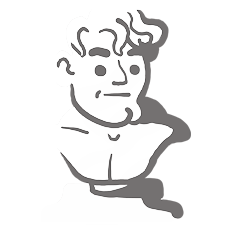Install Steam
login
|
language
简体中文 (Simplified Chinese)
繁體中文 (Traditional Chinese)
日本語 (Japanese)
한국어 (Korean)
ไทย (Thai)
Български (Bulgarian)
Čeština (Czech)
Dansk (Danish)
Deutsch (German)
Español - España (Spanish - Spain)
Español - Latinoamérica (Spanish - Latin America)
Ελληνικά (Greek)
Français (French)
Italiano (Italian)
Bahasa Indonesia (Indonesian)
Magyar (Hungarian)
Nederlands (Dutch)
Norsk (Norwegian)
Polski (Polish)
Português (Portuguese - Portugal)
Português - Brasil (Portuguese - Brazil)
Română (Romanian)
Русский (Russian)
Suomi (Finnish)
Svenska (Swedish)
Türkçe (Turkish)
Tiếng Việt (Vietnamese)
Українська (Ukrainian)
Report a translation problem























cantonCoord = v.vTexCoord + v.vTexCoordFlag * zoomFactor;
A general formula would be
int2 FlagsPerRowAndColumn = ...; // (16,16), (10,4), or (10,2)
cantonCoord = v.TexCoord + v.vTexCoordFlag / FlagsPerRowAndColmun;
For regular flags, FlagPerRowAndColumn is always (16,16) so your zoomFactor of (1/15,1/15) is quite close, but but custom flags, I have implemented, for a personal mod, a function that returns (10,4) or (10,2) — Vanilla values — which could be useful for your PixelShaderFlagTextColorColony::main.
I know that the texture coordinates of the pattern are treated by the shader as they would be for any regular flags, but I think that the symbol is just another layer, added after the masked flag and before the overlay.